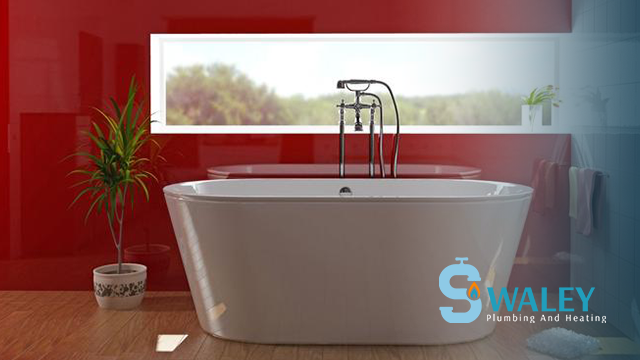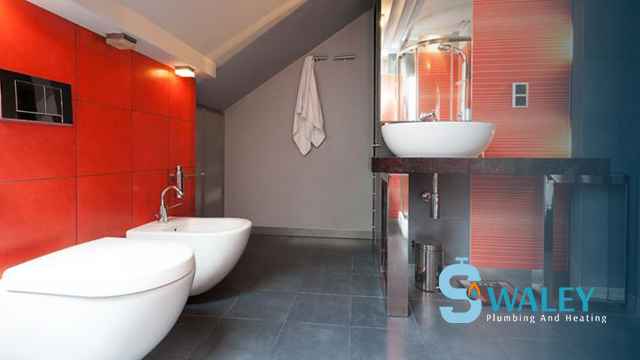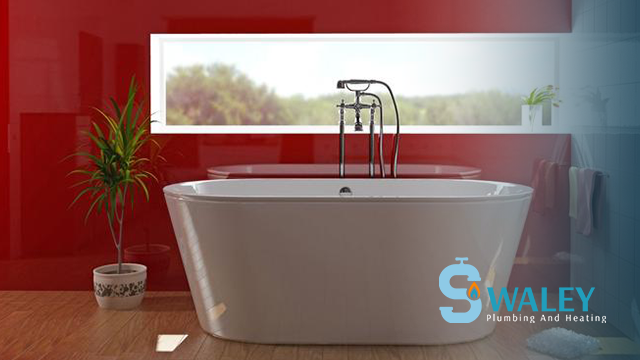Electric Shower Repairs: Get Your Shower Running Smoothly Again
Having a fully functional electric shower is essential for a refreshing and invigorating start to your day. However, like any other appliance, electric showers can encounter problems over time. If you’re experiencing issues with your electric shower, worry not!
This comprehensive guide will walk you through common problems, provide DIY troubleshooting tips, explain when to call a professional plumber, offer advice on choosing a reliable plumber, and highlight the importance of preventive maintenance.
Understanding Electric Showers
Electric showers are a popular choice in many households due to their convenience and energy efficiency. These showers work by heating the water as it passes through an internal heating element, providing you with hot water on demand. The key components of an electric shower system include the heating element, thermostat, pressure switch, showerhead, and control panel.
Signs of Electric Shower Problems
Identifying the signs of electric shower problems is crucial in addressing issues promptly. Keep an eye out for the following signs:
- Loss of water pressure: If your electric shower suddenly experiences a significant drop in water pressure, it could indicate a clogged showerhead or a faulty pressure switch.
- Inconsistent water temperature: Fluctuating water temperature during your shower can be frustrating. It may be caused by a malfunctioning thermostat or heating element.
- Strange noises or vibrations: Unusual noises or vibrations coming from your electric shower may indicate loose components or mineral buildup.
- Water leaks or drips: Persistent leaks or drips from your shower can result in water wastage and potential damage to your bathroom. Faulty seals or worn-out gaskets could be the culprits.
- Non-responsive controls: If the control panel of your electric shower is unresponsive or buttons are not functioning correctly, it might require attention.
DIY Troubleshooting Tips for Electric Shower Repairs
Before diving into any repairs, ensure your safety by switching off the power supply to the shower at the circuit breaker or fuse box. Here are some DIY troubleshooting tips to get your electric shower back in working order:
Checking the Power Supply and Connections
Start by confirming that your electric shower is correctly plugged in. If it is, check the circuit breaker or fuse box to ensure there are no tripped breakers or blown fuses. Inspect the wiring and connections for any signs of damage or loose connections. If you’re uncertain about electrical work, it’s best to call a professional electrician.
Cleaning the Showerhead and Filter
A clogged showerhead or filter can restrict water flow and affect the performance of your electric shower. Remove the showerhead and soak it in a mixture of warm water and vinegar to dissolve mineral deposits. Use a toothbrush or a small brush to scrub away any remaining build-up. Similarly, clean or replace the filter to ensure optimal water flow.
Descaling the Shower Unit
Limescale build-up is a common issue in areas with hard water. It can affect the heating element’s efficiency and lead to water flow problems. To descale your shower unit, you can use descaling products available in the market or make a homemade solution using vinegar and water. Follow the product instructions or our step-by-step guide for effective descaling.
Replacing Worn-out Components
Certain components of an electric shower may wear out over time and require replacement. Common faulty components include heating elements, pressure switches, seals, and gaskets. Consult the manufacturer’s manual or seek professional guidance to replace these components correctly.
When to Call a Professional Plumber
While some electric shower repairs can be tackled as DIY projects, certain situations call for the expertise of a professional plumber. Consider calling a professional in the following scenarios:
- Complex electrical repairs: If you’re unsure about handling complex electrical repairs or if the issue lies beyond your understanding, it’s best to leave it to a professional plumber.
- Structural or plumbing issues: If your electric shower problems are related to the overall plumbing system or involve structural modifications, a professional plumber will have the necessary knowledge and skills to address them.
- Warranty considerations: If your electric shower is still under warranty, attempting repairs on your own may void the warranty. Contact the manufacturer or a certified plumber to ensure the repairs are covered.
Choosing a Reliable Plumber for Electric Shower Repairs
When seeking professional assistance, it’s crucial to choose a reliable plumber who can efficiently diagnose and fix your electric shower. Consider the following steps:
- Asking for recommendations: Seek recommendations from friends, family, or neighbours who have had positive experiences with plumbers.
- Checking licenses and certifications: Ensure the plumber holds the necessary licenses and certifications required by your local authorities. This ensures their competence and adherence to plumbing standards.
- Reading customer reviews and testimonials: Go through online reviews and testimonials to get a sense of the plumber’s reputation and quality of work.
- Requesting cost estimates: Contact multiple plumbers and request cost estimates for the repairs. Compare the quotes and consider the overall value and professionalism offered.
Preventive Maintenance for Electric Showers
Regular preventive maintenance can extend the lifespan of your electric shower and minimise the occurrence of repairs. Incorporate the following practices into your routine:
- Regular cleaning and descaling: Clean the showerhead, filter, and other accessible parts regularly to prevent the buildup of mineral deposits and debris.
- Checking for leaks or drips: Keep an eye out for any leaks or drips and address them promptly. Faulty seals or gaskets should be replaced to prevent further damage.
- Monitoring water pressure and temperature: Regularly check the water pressure and temperature to ensure they remain within the desired range. Drastic changes could indicate underlying issues.
- Professional servicing and inspections: Consider scheduling periodic professional servicing and inspections to catch any potential problems before they escalate.




